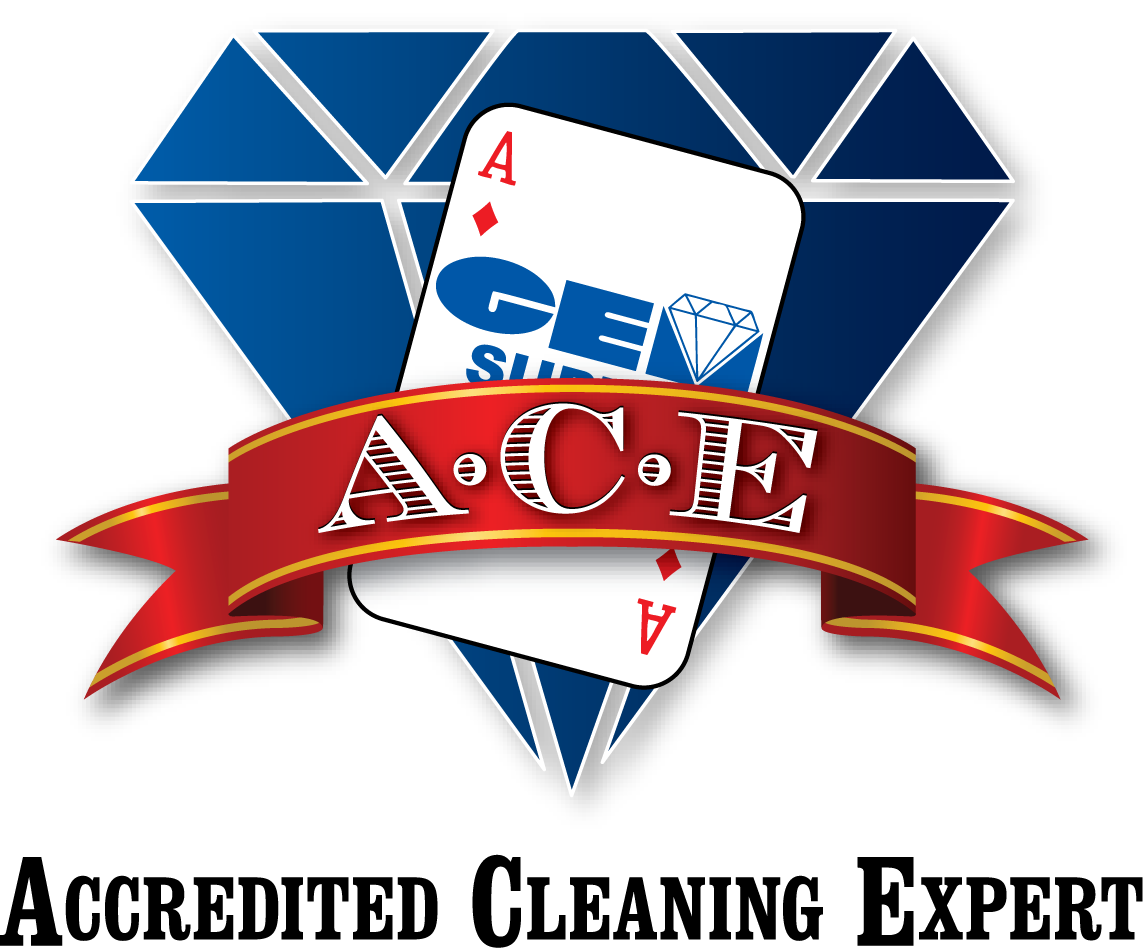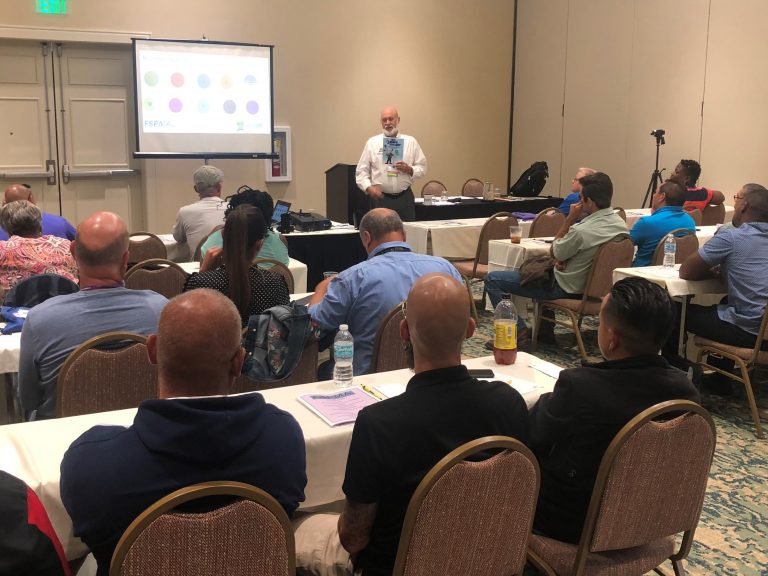With Dabs and Touch-Ups, Speed Cleaners Get the Job Done Companies Cater to New Housekeeping Needs With Wider Sprays and One-Handed Dispensers from the Wall Street Journal
Packaged products giants are increasingly catering to people whose cleaning style is to clean with a million touchups in as little time as possible. And they are willing to pay for products that help them do this. Ellen Byron has details on Lunch Break. Photo: Clorox.
We are eating faster, talking faster, driving faster. So it stands to reason we want to clean faster too.
Unwilling to engage in housecleaning marathons, consumers have a new strategy—frequent bursts of mess-busting touch-ups. Cleaning a kitchen counter or bathroom sink now often happens with a passing swipe. Plates get wiped with a sponge and a squirt of soap. Floors get washed one spill at a time.
The change is creating a nation of housecleaning multitaskers who can clean a stovetop, cook and chat on the phone at the same time. They have a high tolerance for rooms that are works-in-progress—and a low tolerance for Saturday afternoon scrubbing sessions.
Consumers used to clean the way their mothers showed them to. But the shift to speed cleaning is happening so fast that companies are racing to keep up. Makers of cleaning supplies, who translate a slight change in human behavior into billions in sales, are tracking the shift closely, updating decades-old products and inventing new ones.
The most common and fastest-growing cleaning technique is touch-up cleaning, defined as a task that takes 15 minutes or less, according to research from SC Johnson & Son Inc., maker of products including Windex and Pledge. Touch-ups now account for 70% of all cleaning, up from 40% five years ago.
Asaf HanukaMeet the speed cleaners.
“People used to have a day of the week when they did a thorough cleaning top to bottom,” says Beth Simermeyer, senior vice president of SC Johnson’s North America home-cleaning business. “That is very uncommon these days.”
Products geared to fast cleaners include wipes that clean more surface types, wider sprays and new pump dispensers for one-handed dabbing. Spray bottles cast a wider spritz and sponges are more amenable to small jobs. Fast-cleaning consumers, who are mostly women, are willing to pay for products that meet their needs, SC Johnson says.
“There are more single-parent households, more multigenerational living, smaller living spaces, fewer children in the home—all of that has had an impact on cleaning,” says Vicky Purnell, senior director of global insights for Clorox Co.’s CLX +0.73% cleaning division.
More people are willing to live in imperfectly kept rooms. “Think about how involved parents are in their kids’ lives these days. They don’t want to spend all their time cleaning,” Ms. Purnell says. “Messy is OK, as long as it’s sanitary.”
After Melissa Sachs Fitzpatrick puts her two young sons to bed at night, she starts her 20-minute dash. She grabs a spray cleaner and paper towels and wipes down the kitchen island, countertops, table and chairs. She gives a quick scrub to pans and cutting boards that weren’t washed during the dinner prep, loads the dishwasher, sweeps up food that fell from the dinner table—and then it’s on to the playroom and the bathroom for a drive-by tidying up.
“Ninety-five percent of the time, incremental cleaning keeps my house OK,” says Ms. Sachs Fitzpatrick, 36, who handles communications for a real-estate investment trust in Denver. “I work full time, so I never want to take time away from my kids to clean.”
Asaf HanukaProcter & Gamble says 60% of consumers use the ‘quick clean’ dishwashing method, squirting a few drops of soap onto the sponge rather than filling a sink with suds.
Procter & Gamble Co. PG +1.22%researchers found fast-cleaning consumers hate to spend time scouring dishes or waiting for them to soak. “When we were kids, the majority of the country used to drop in some dish liquid, fill up the sink with water, soak all of their dishes and then after a bit of time clean them, rinse and place them in a drying rack,” says Sunny Jain, P&G’s marketing director for Dawn and Cascade. “Today, consumers just don’t have time for batch-processing.” In June, P&G introduced Dawn Platinum dish soap, which claims to provide the equivalent of an overnight soak in three minutes.
Fast cleaners may dislike cleaning, but P&G researchers found in 2009 that they were actually cleaning more often on average, with more-frequent touch-ups and deep cleaning jobs than in 2005. Other companies have found consumers rely on touch-ups in order to deep-clean less often.
When Clorox overhauled its spray-bottle design in January, it widened the span of the spritz for brands including Formula 409, Tilex and Clorox. The new design lets consumers work faster, Clorox says, and follows company studies of the shrinking amount of time Americans spend cleaning the bathroom and kitchen each week. In 2011, the average task lasted just under seven minutes, compared with nine minutes in 2004.
Fast-cleaners love to multitask, especially at dinnertime. They like to clean up as they cook, says Matt Barresi, North America marketing director of P&G’s Bounty brand. While preparing dinner they may also be searching for a recipe on a cellphone or laptop, listening to the TV and helping with homework.
An accidental spill has the potential to upset the balance, P&G research found. If a paper towel doesn’t come off with a one-handed tear, for example, the other hand has to get involved, which requires the mobile device or cooking utensil to be put down. If the sheet doesn’t fully absorb the spill, the consumer’s hand gets wet, requiring a trip to the sink for a quick rinse and the use of yet another paper towel. If that sheet drips on the way to the trash can, all activity will come to a full stop, as the consumer cleans up yet another small mess.
“You can see it in their body language—she exhales, her shoulders drop and she’s frustrated,” Mr. Barresi says.
In February Bounty introduced DuraTowel, a more-absorbent paper towel resembling a dishcloth, which can be easily torn off with one hand. “It allows her to do it all in one swipe,” Mr. Barresi says.
And with a “Select-A-Size” version of Mr. Clean Magic Eraser sponges, users can break off a small piece to tackle a touch-up without wasting a whole sponge. As a result, people use the product more frequently, says Scott Beal, associate marketing director at P&G for Mr. Clean and Swiffer brands. “Consumers were inclined to save up Magic Erasers for a worthy deep-clean type of job, or in some cases they were cutting them up for small jobs,” he says.
SC Johnson executives describe modern multitasking as being “in the flow.” To accommodate “the flow,” the company in January introduced Windex Touch-Up Cleaner, which dispenses with a one-handed pump on top of the bottle.
The short Touch-Up bottle resembles a hand-soap dispenser, so consumers are tempted to leave it on the counter—and use it more often. That eliminates the time and effort required to take the bottle out and put it away. “It sounds like a small thing but it matters,” says SC Johnson’s Ms. Simermeyer.
SC Johnson took pains to keep the pump extra smooth and make the bottle sturdy so it won’t tip over during a one-handed dab with a sponge. “If you’re holding a baby, talking on the phone or making dinner, you can still get a little cleaning done,” Ms. Simermeyer says.
Fast-cleaning consumers like one or two multipurpose formulas rather than an arsenal of specialty cleansers. Clorox introduced its wipes in 2000 as a bathroom cleaner and has gradually adapted the formula to be compatible with more types of surfaces. Today a Clorox wipe can clean stainless steel, finished hardwood, glass, mirrors and sealed granite. The latest formula upgrade, in January, makes it better at tackling kitchen grease, the company says.
“Wipes are the darlings of most modern cleaners,” says Clorox’s Ms. Purnell. “It lets consumers clean where they want to when they want to in a matter of seconds or minutes.”
Written by: Ellen Byron, Wall Street Journal
![]()








